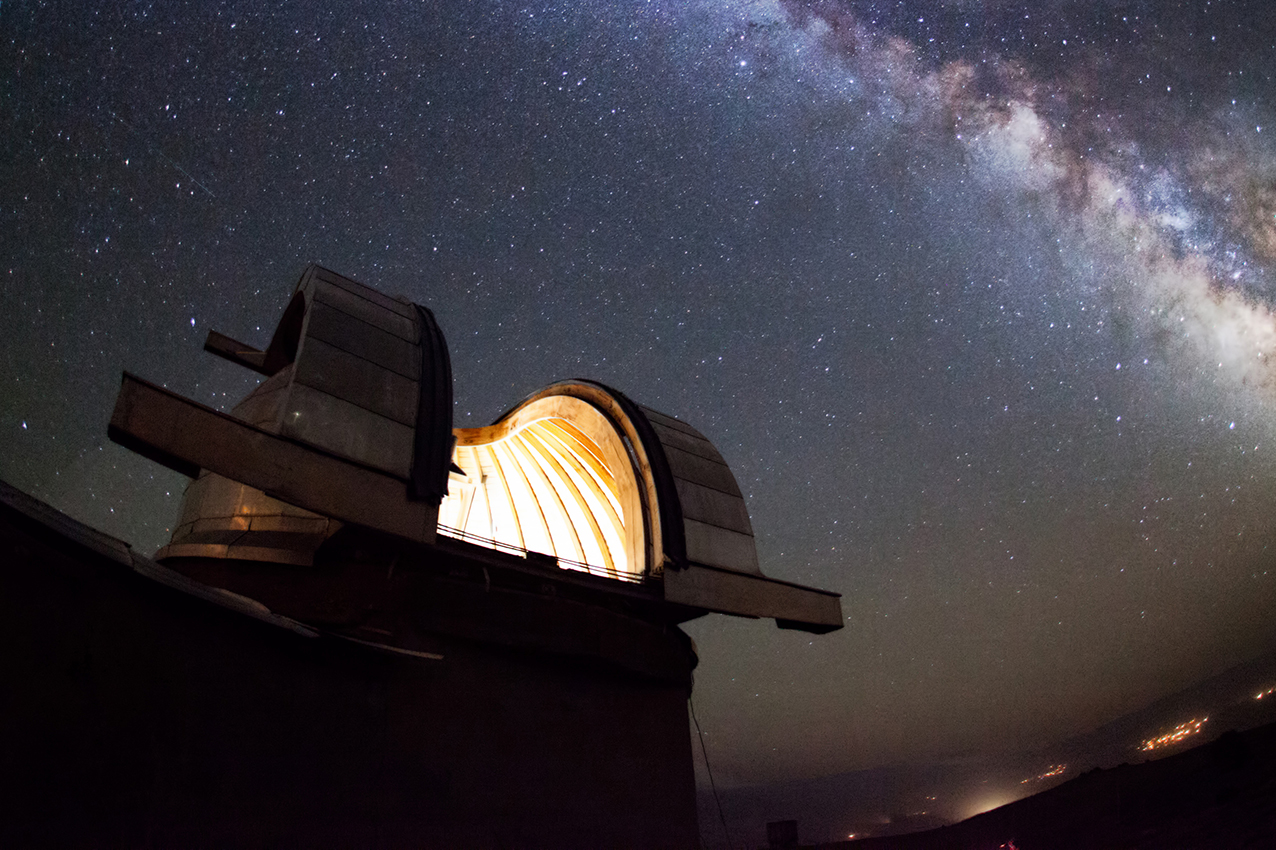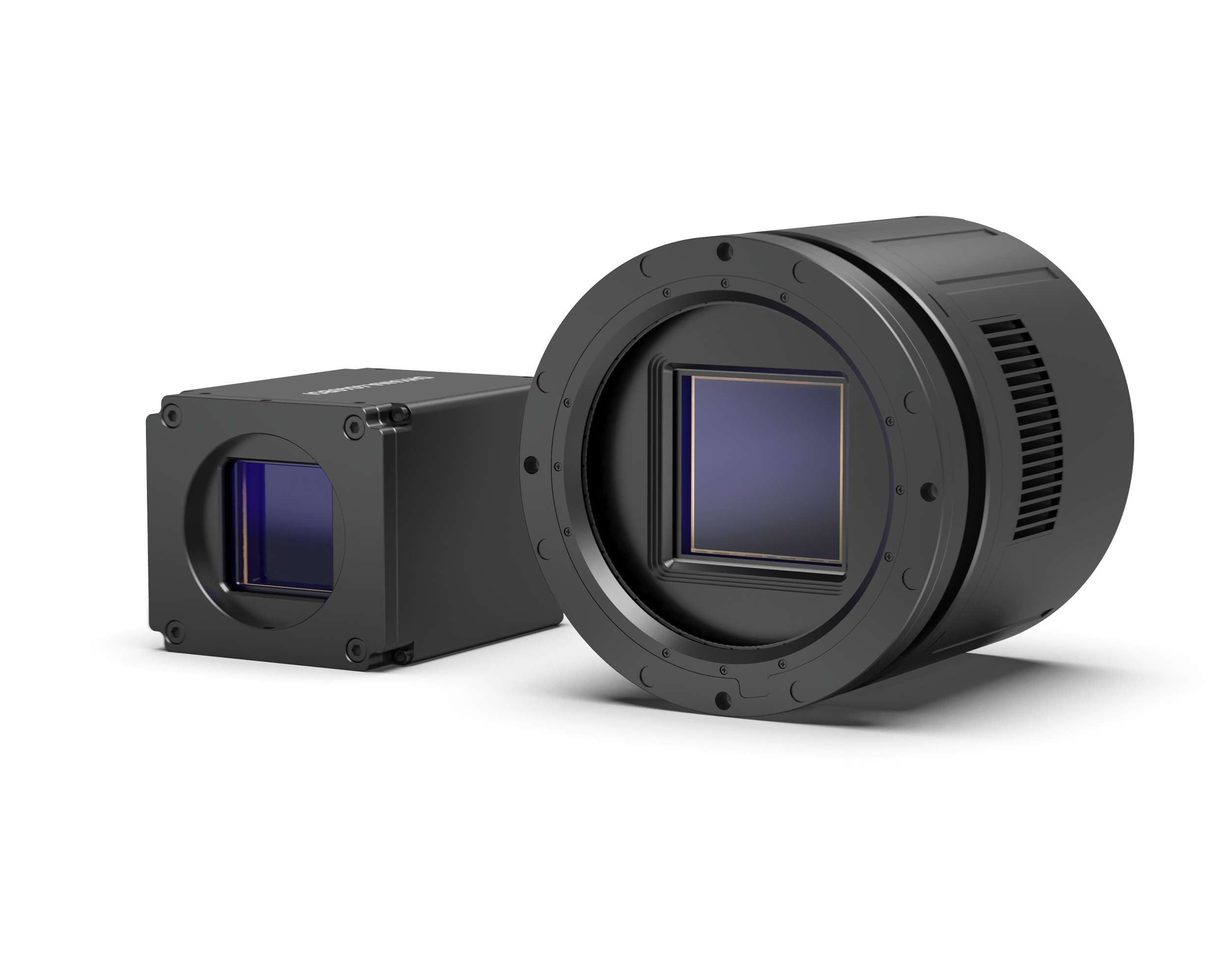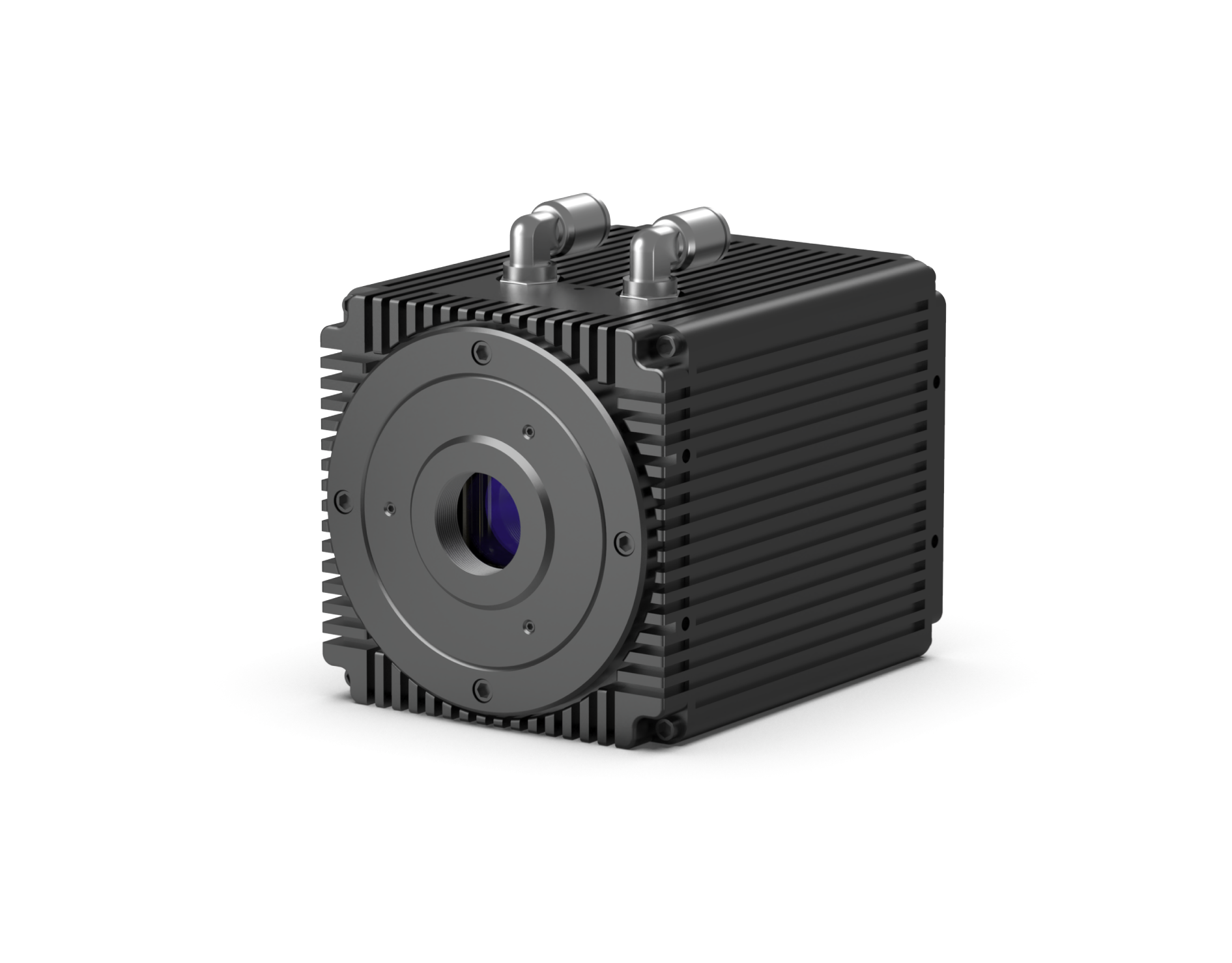Application Challenges
Brightfield microscopy relies on the absorption and scattering of light by biological specimens to generate contrast. It is the most classical and widely adopted imaging modality in life sciences, frequently used in pathological slide examination, histological studies, and educational demonstrations.
Biological samples span a wide range of spatial scales, from nuclei and cytoplasm to complete tissue structures, covering dimensions from micrometers to millimeters. In their unstained state, samples are nearly transparent with minimal refractive index differences, resulting in poor contrast. Consequently, various staining techniques are commonly employed to enhance image contrast. Based on these characteristics, brightfield microscopy places high demands on camera performance, particularly in spatial resolution and color fidelity.


Dhyana 4040 / 6060 Series
Ultra-Large-Format Astronomical sCMOS Cameras
The Dhyana 4040 / 6060 Series are ultra-large-format cooled sCMOS cameras developed specifically for astronomical research. This series features extra-large sensor sizes ranging from 52 mm to 86 mm while maintaining low-noise performance at high-speed operation, achieving wide-field, high-speed, and high-dynamic-range imaging with dark current and noise levels comparable to CCDs.
Key Features:
Sensor Flatness Tolerance: Controlled within 3 µm to ensure optical precision.
Built-in GPS: Provides high-precision time synchronization for astronomical observations.
Heated Camera Window: Effectively prevents condensation.
Software Compatibility: Supports third-party software including ASCOM and MaxIm DL.
Robust Hardware Design: Capable of operating reliably in high-temperature, radiation, and vibration environments.
High Reliability: Verified through the astronomical MTBF (Mean Time Between Failures) testing platform.

Dhyana 95 V2
High-Sensitivity BSI sCMOS Camera
The Dhyana 95 V2 not only delivers EMCCD-comparable high sensitivity, but also offers the advantages of a large sensor area, high speed, and high dynamic range, making it one of TUCsen’s most versatile sCMOS cameras across a wide range of applications.
Key Features:
High Full-Well Capacity (100 ke⁻): Supports high-dynamic-range light field measurements and quantitative analysis.
STD High-Speed Readout Mode: Provides twice the frame rate of the standard readout mode.
Precision Calibration: Each camera is calibrated to address chip fabrication variations, ensuring a more uniform background and improved quantitative accuracy.
Dual Interfaces: USB 3.0 and Camera Link provide both experimental flexibility and system stability.
Advanced Cooling: Water + air cooling effectively reduces dark current, ensuring measurement stability.











